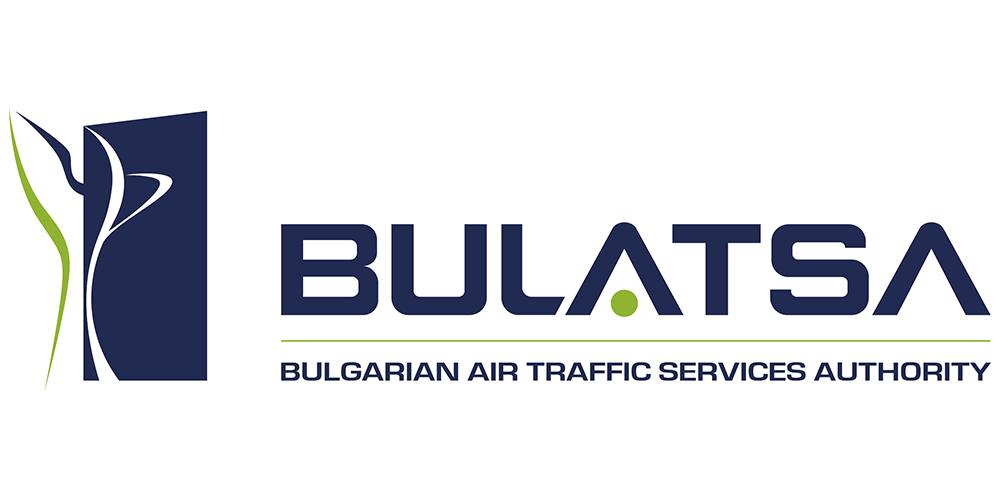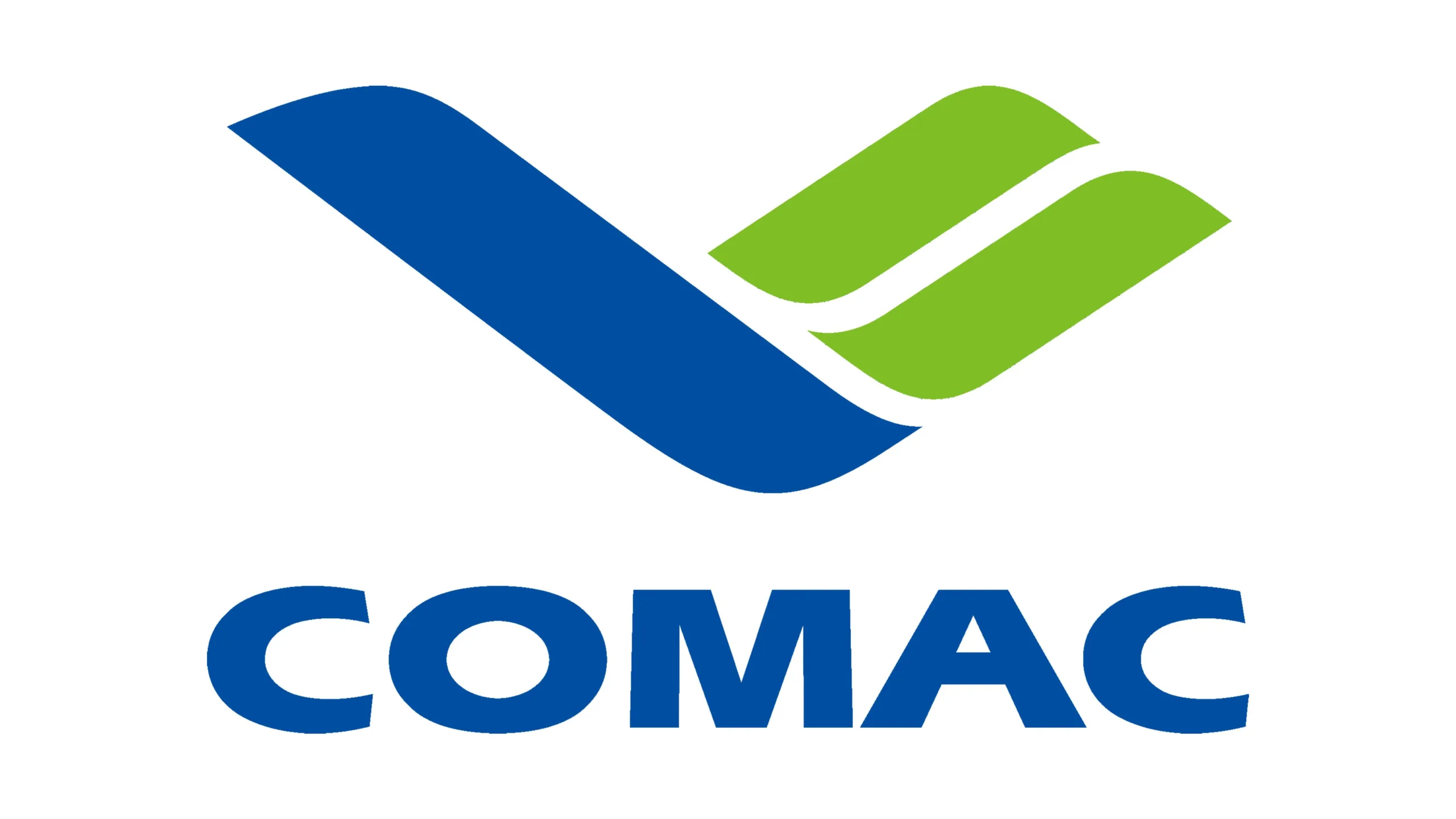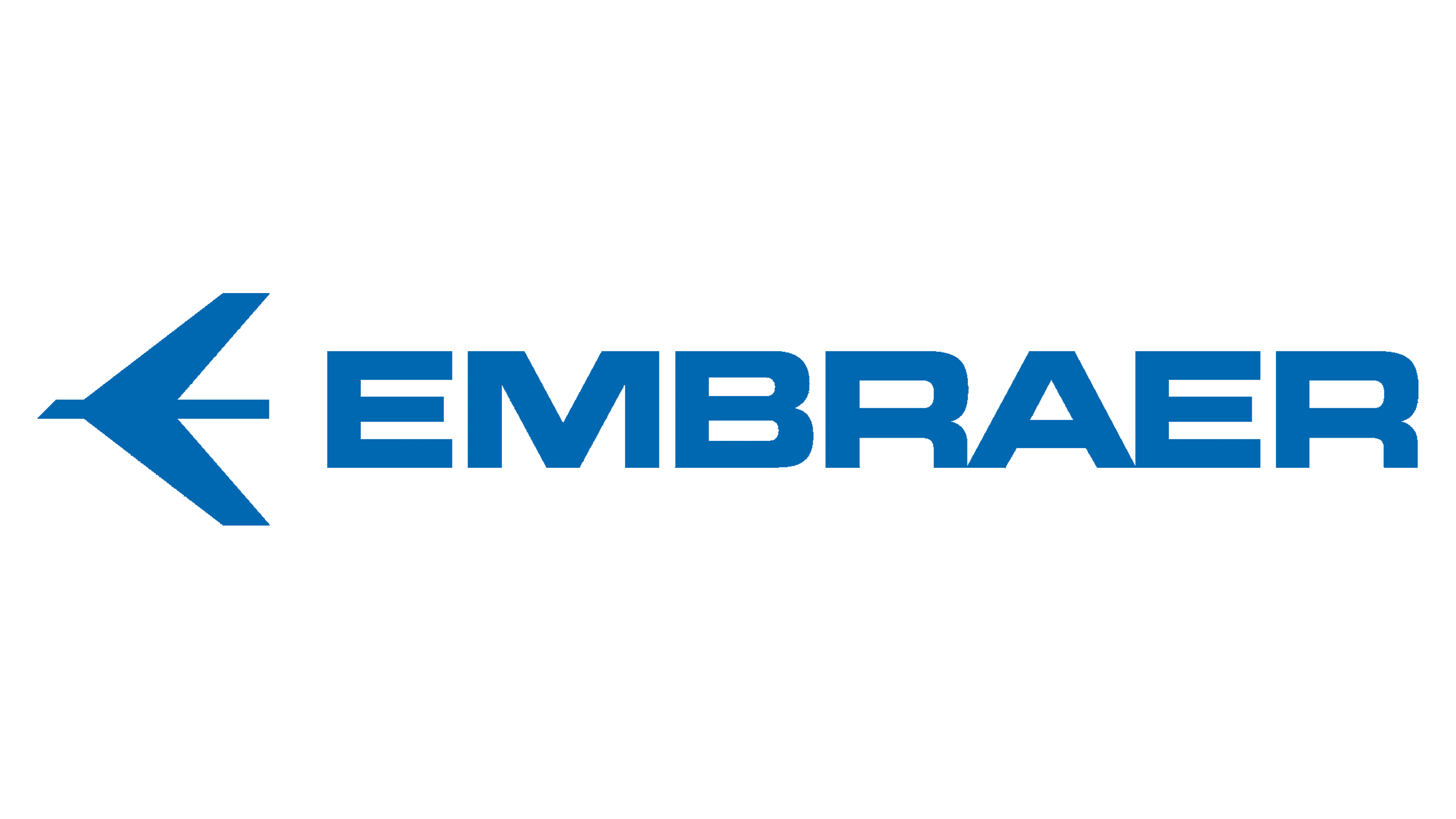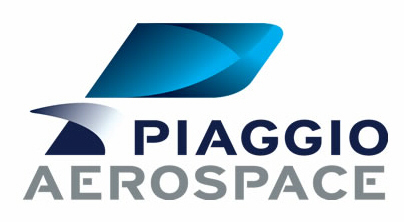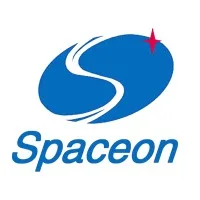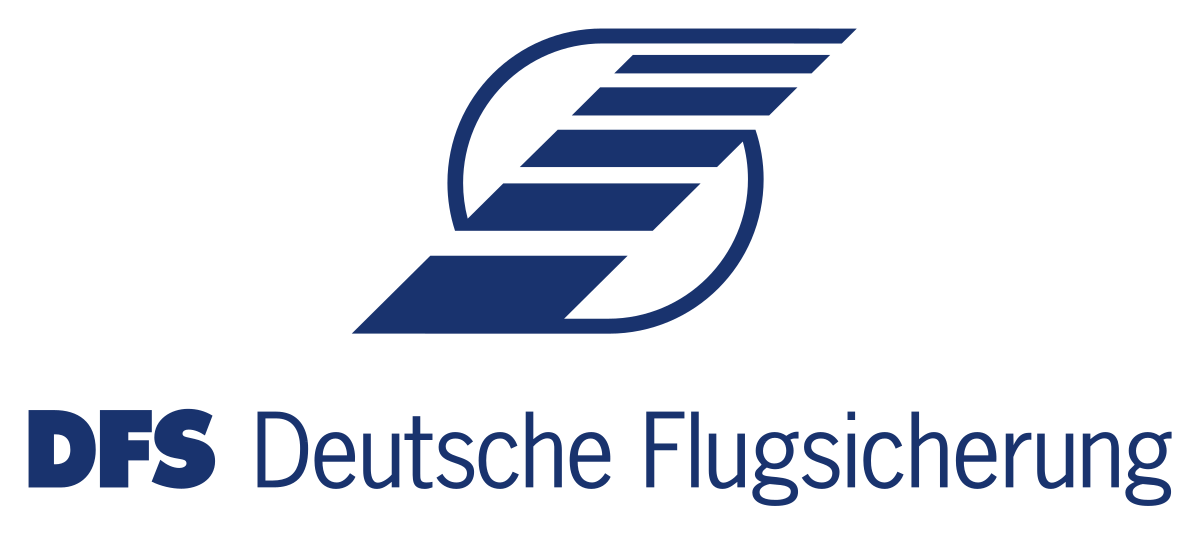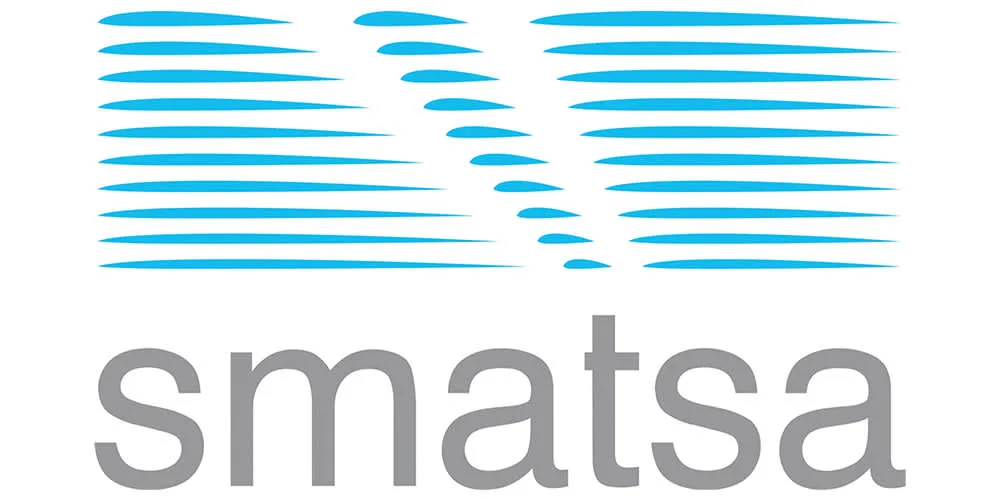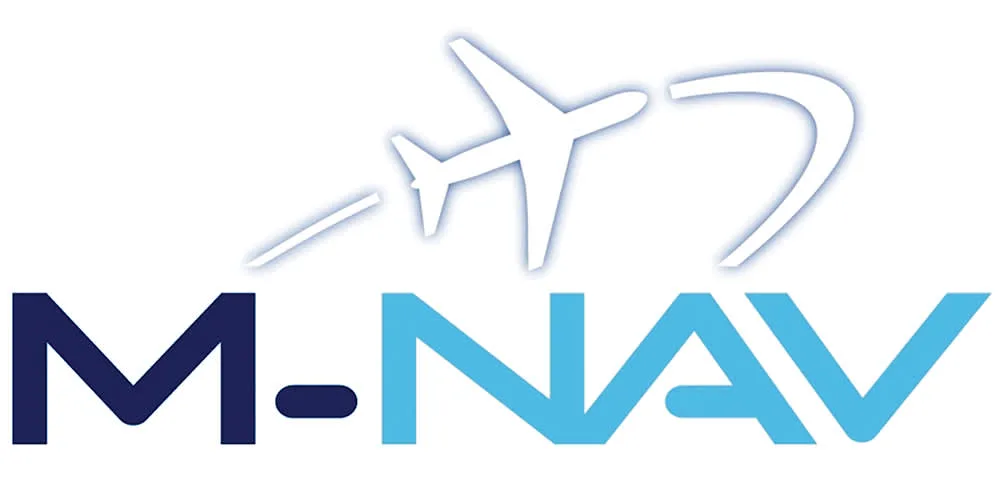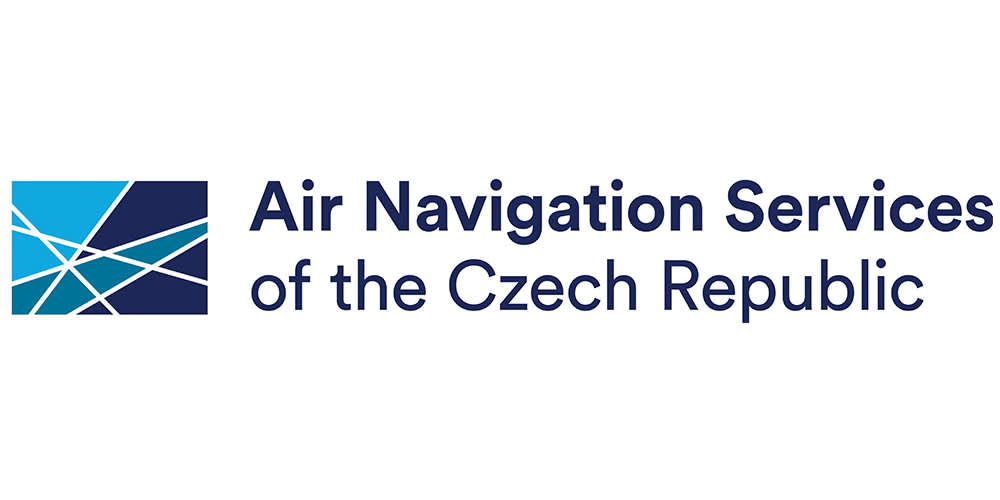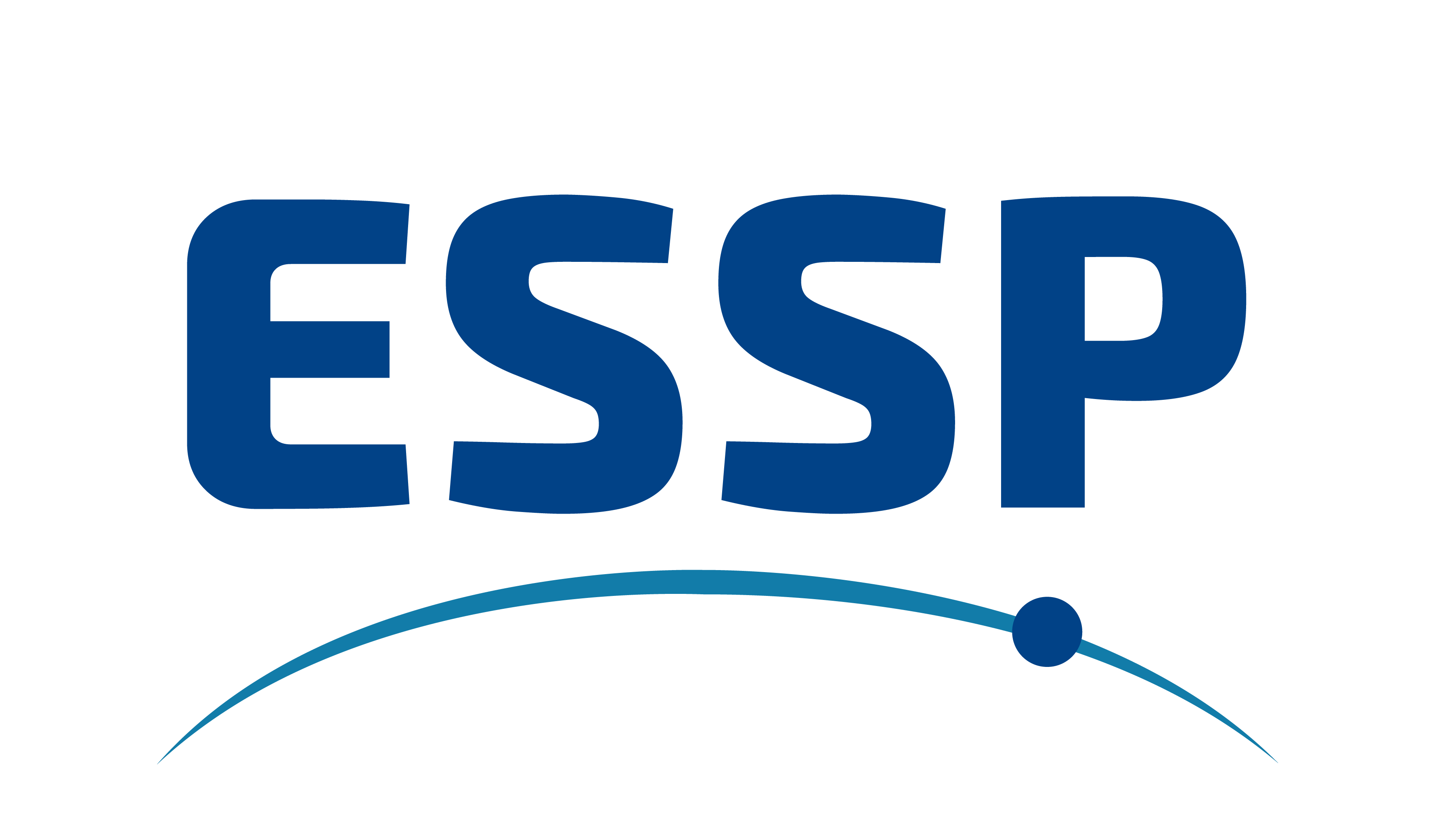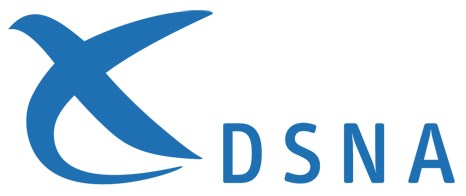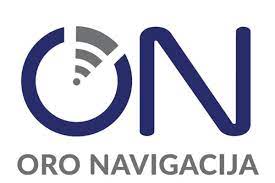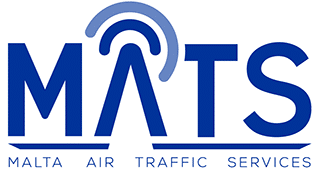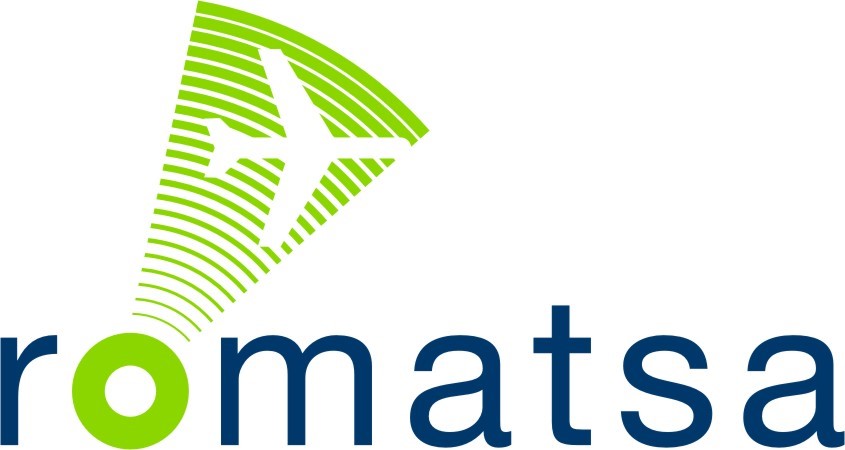Why LACS Is Crucial for CP1 Readiness
As European air traffic modernisation gains momentum, Air Navigation Service Providers (ANSPs) must comply with the CP1 mandate from the European Commission. By 31 December 2027, ANSPs are required to support ATS‑B2 and Extended Projected Profile (EPP) services. The Logon and ADS‑C Common Service (LACS) is tailored to help ANSPs achieve this effectively and economically.
What Is LACS?
LACS, or Logon and ADS-C Common Service, centralizes communication management by acting as:
- A unified Common CM Service
- A shared ADS‑C (Automatic Dependent Surveillance–Contract) Service
Via a SWIM interface, LACS efficiently provides a seamless data-sharing experience to participating ANSPs.
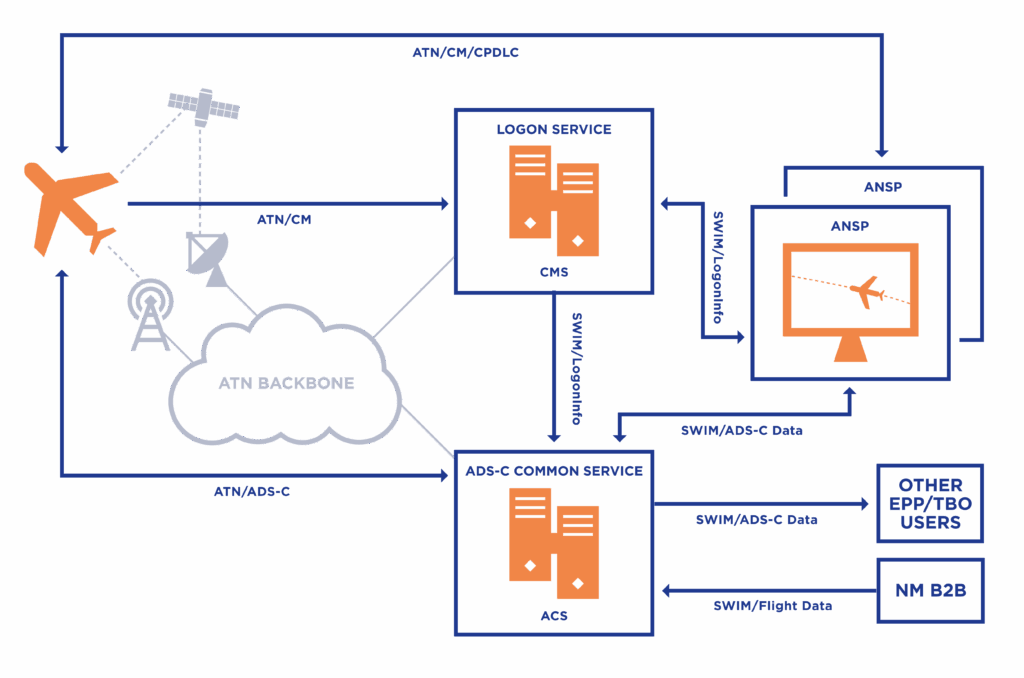
Core Benefits of Adopting LACS
For ANSPs:
- Guaranteed CP1 (ATS‑B2/EPP) Compliance by the mandated deadline
- Streamlined bandwidth usage with efficient VDLM‑2 datalink handling
- Faster deployment of digital air-traffic surveillance tools
- Scalable design supporting multiple aircraft without congestion
For Airlines:
- Smoother climb and descent trajectories
- More direct routings, reducing delays
- Fuel savings leading to lower CO₂ emissions
By combining centralised communication with trajectory data, LACS empowers ANSPs to proactively verify flight plans and optimise airspace safety and efficiency.
LACS: A Strategic Investment
- Shared-service model lowers IT and operational overhead
- Rapid integration through existing protocols
- Future-proof infrastructure ready for evolving SWIM-based air traffic systems
Take the Next Step Toward CP1 Compliance
LACS is your ideal choice for achieving CP1 readiness—boosting digitalisation, operational efficiency, and environmental performance. We are Let’s shape the future of air traffic management together.
Download our Whitepaper on our Logon Service and ADS-C Common Service (LACS) Integrates with network and air/ground sub-networks.



